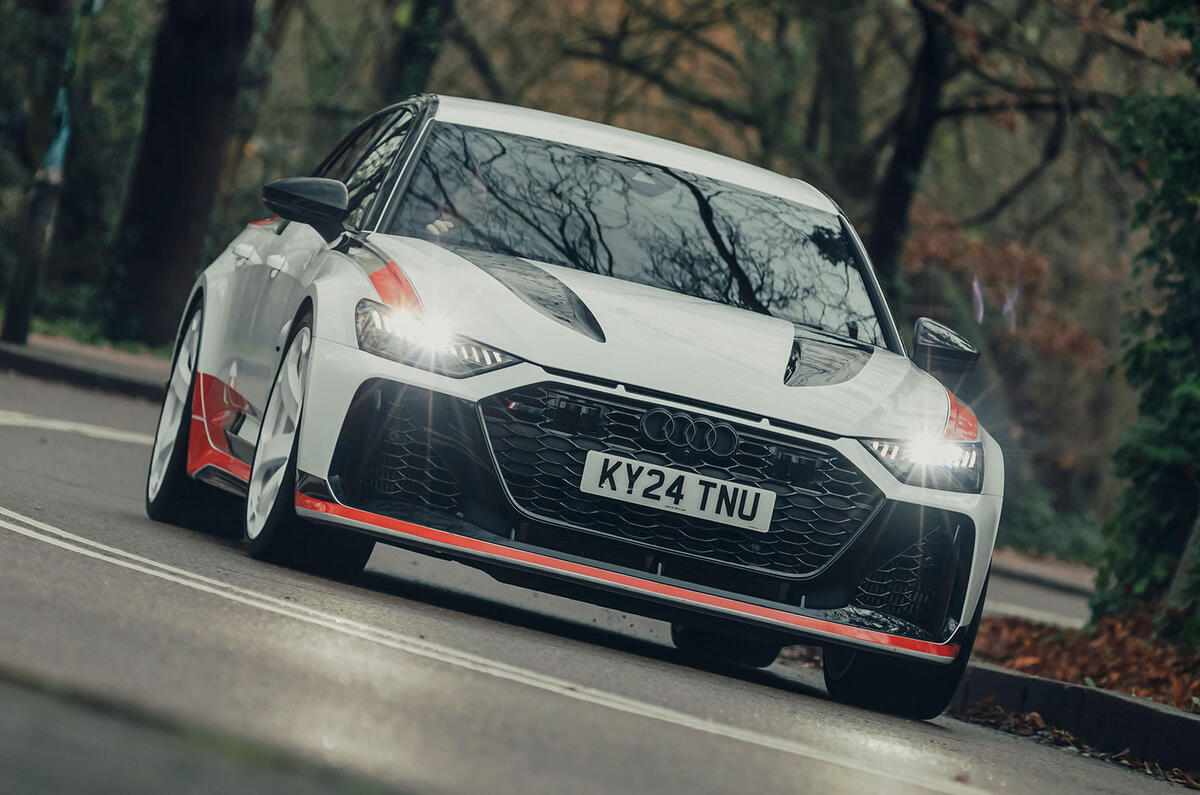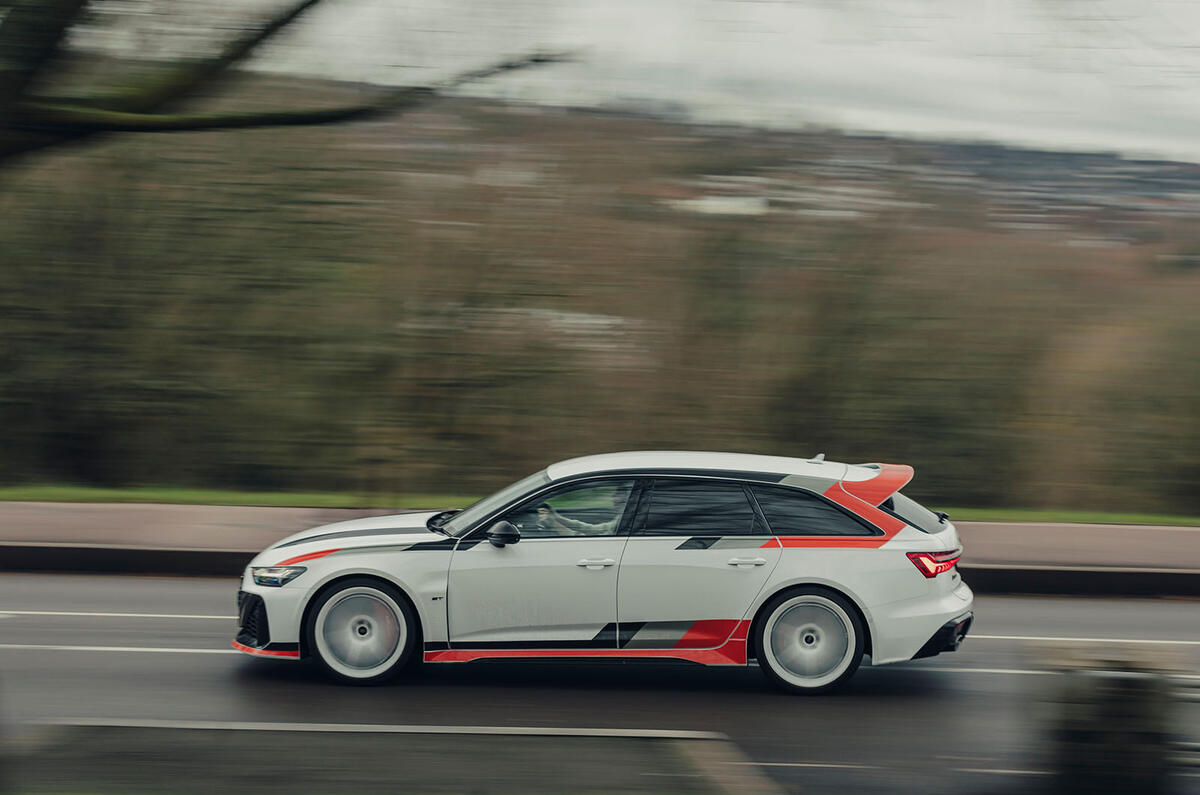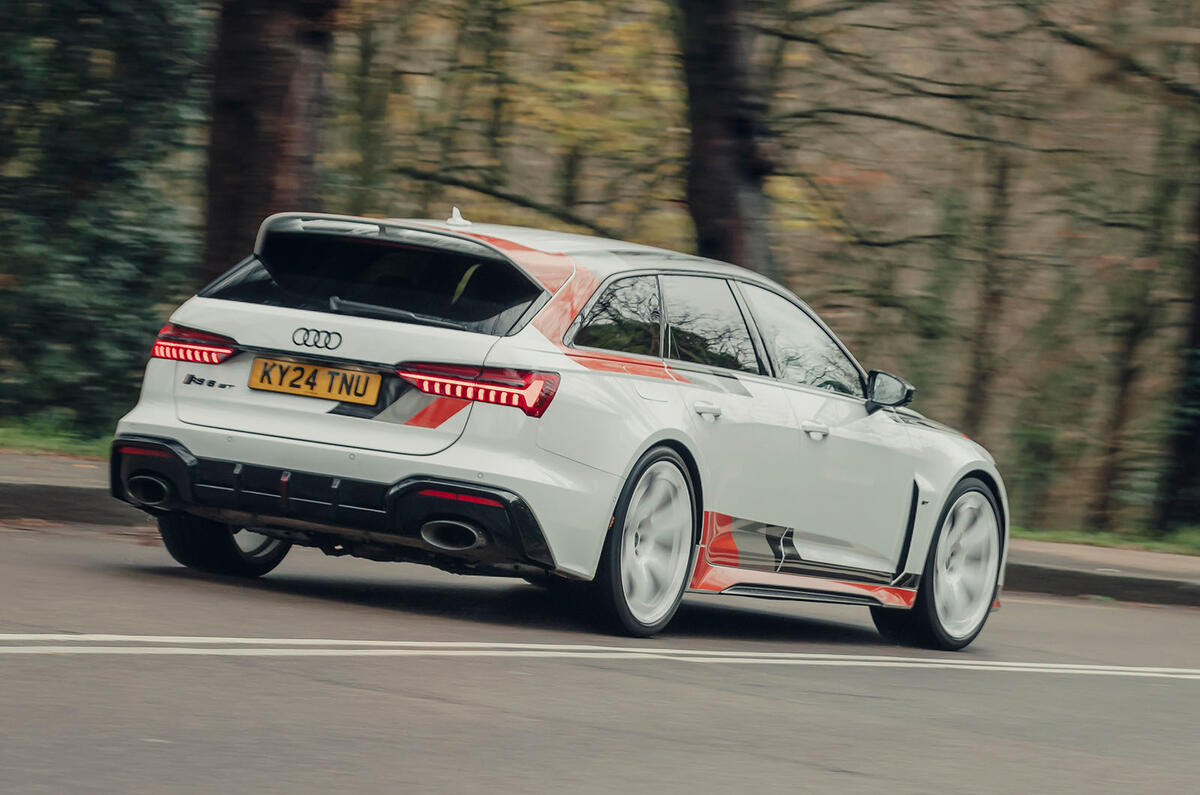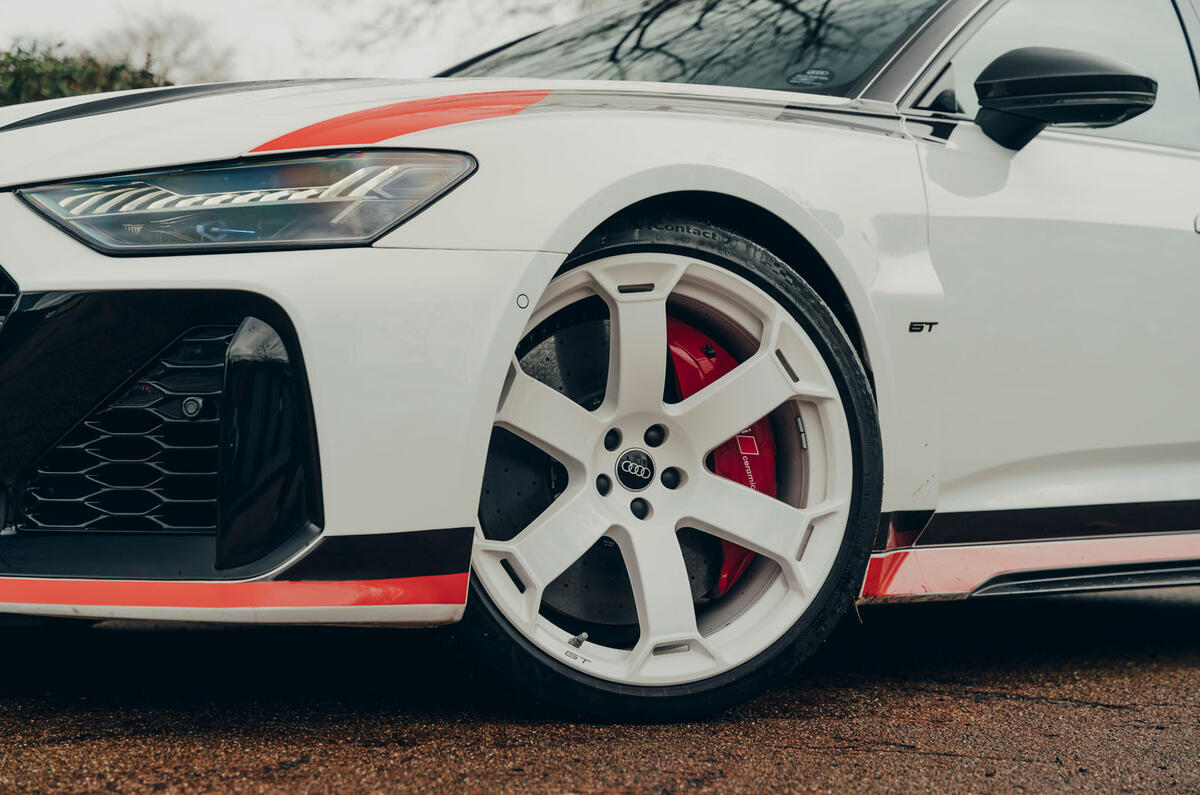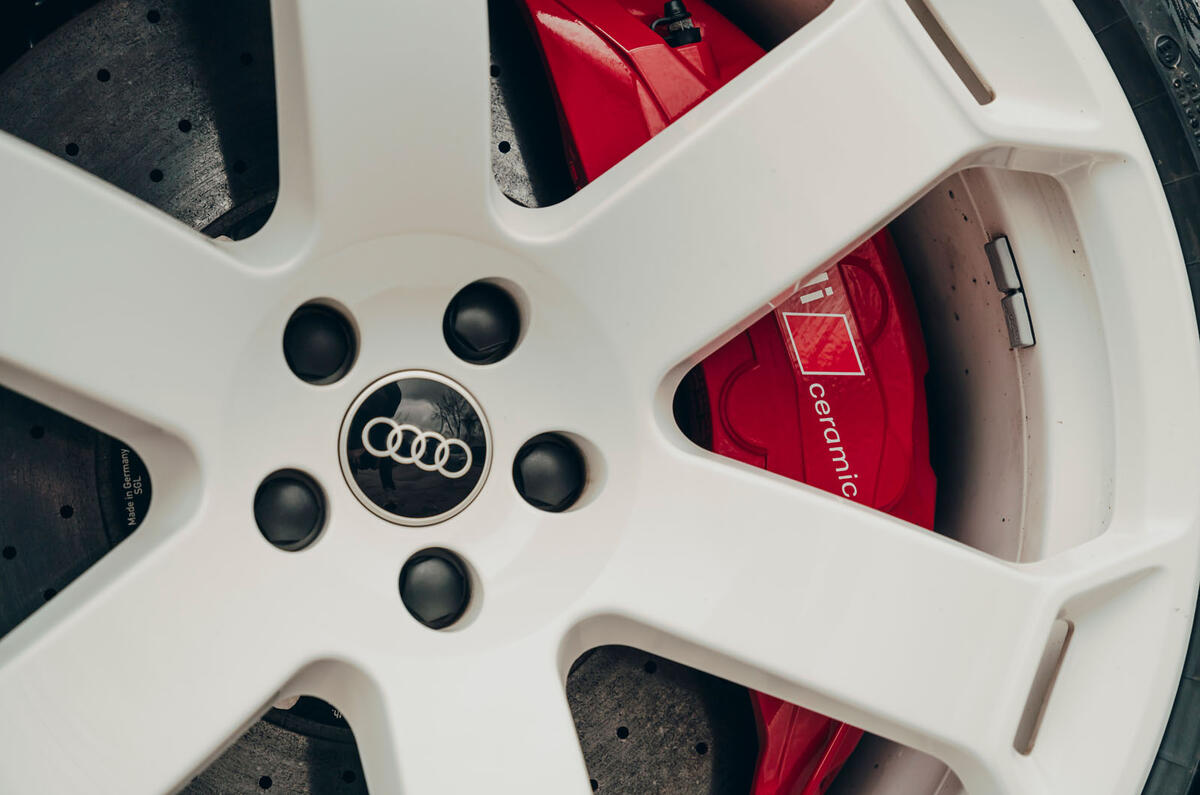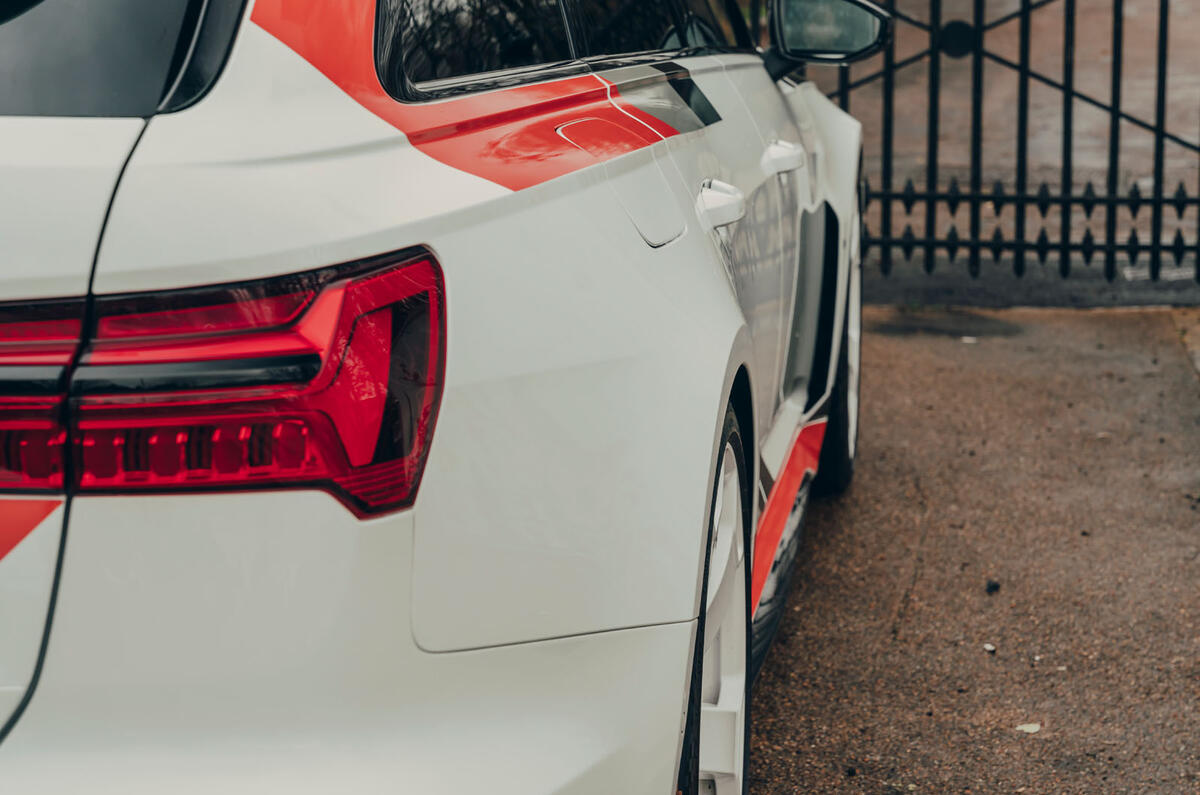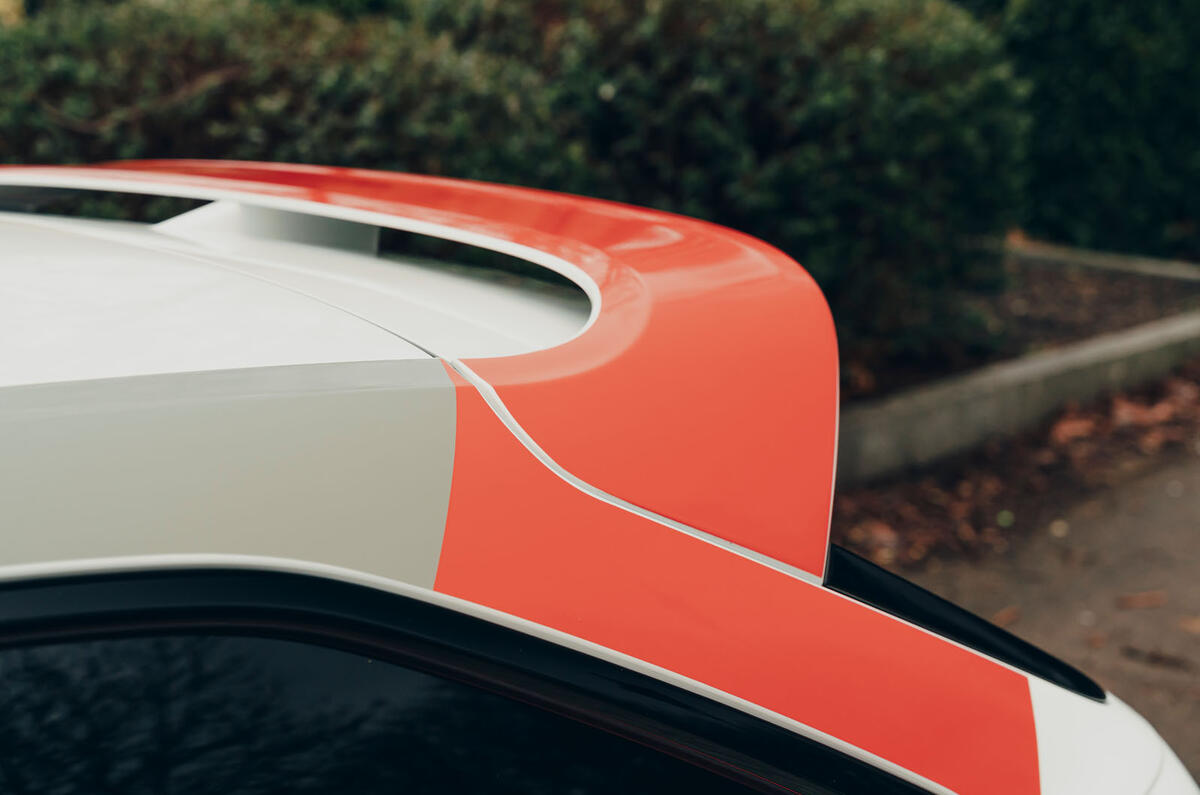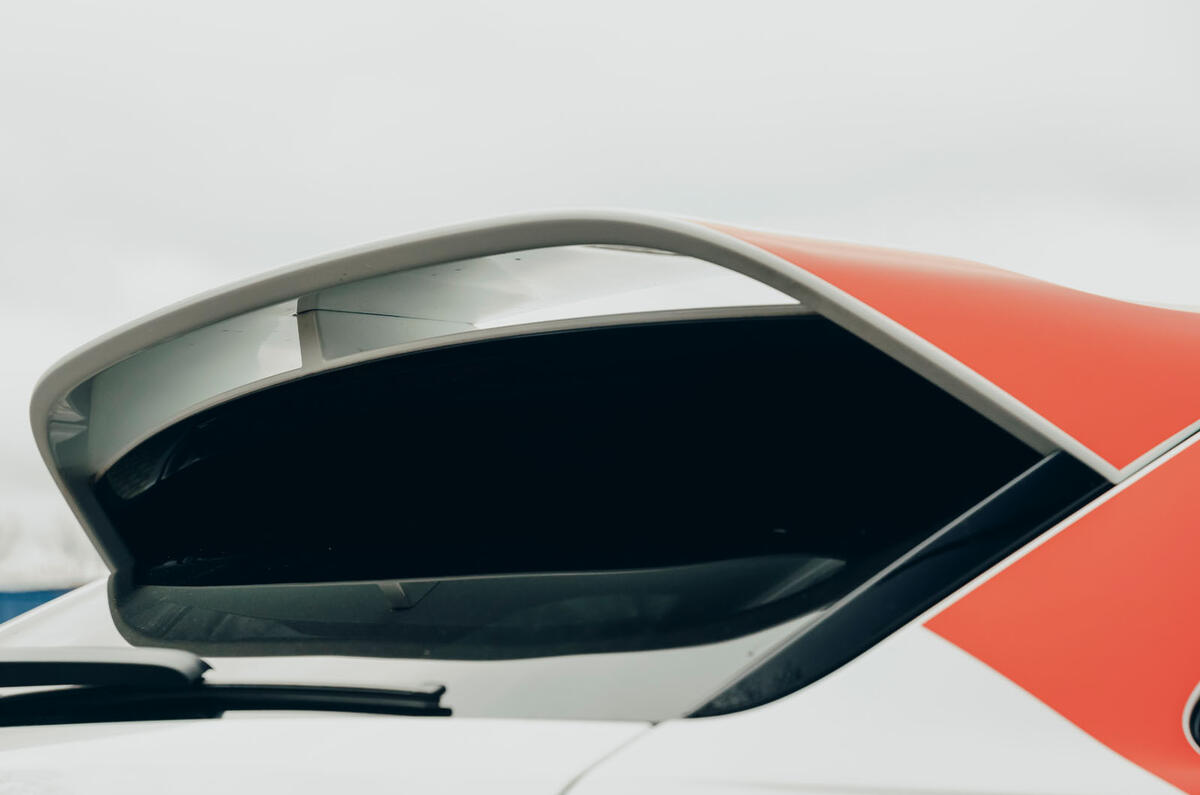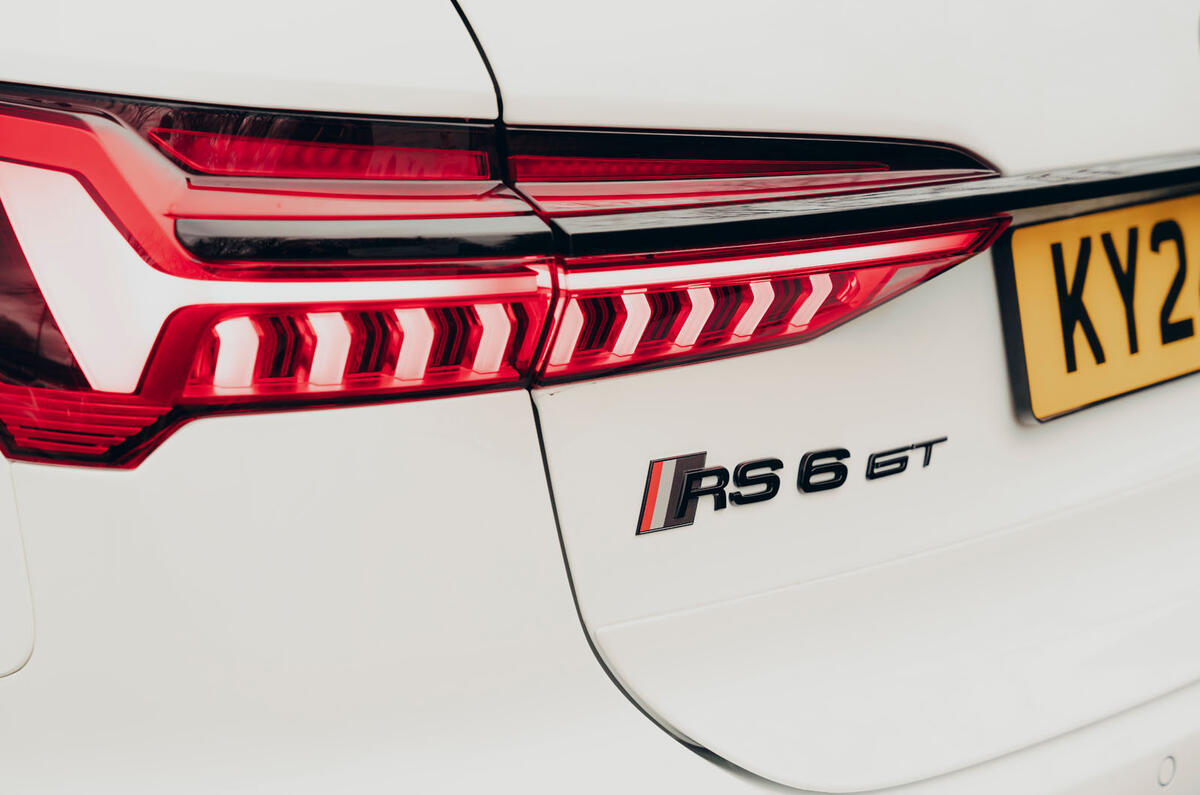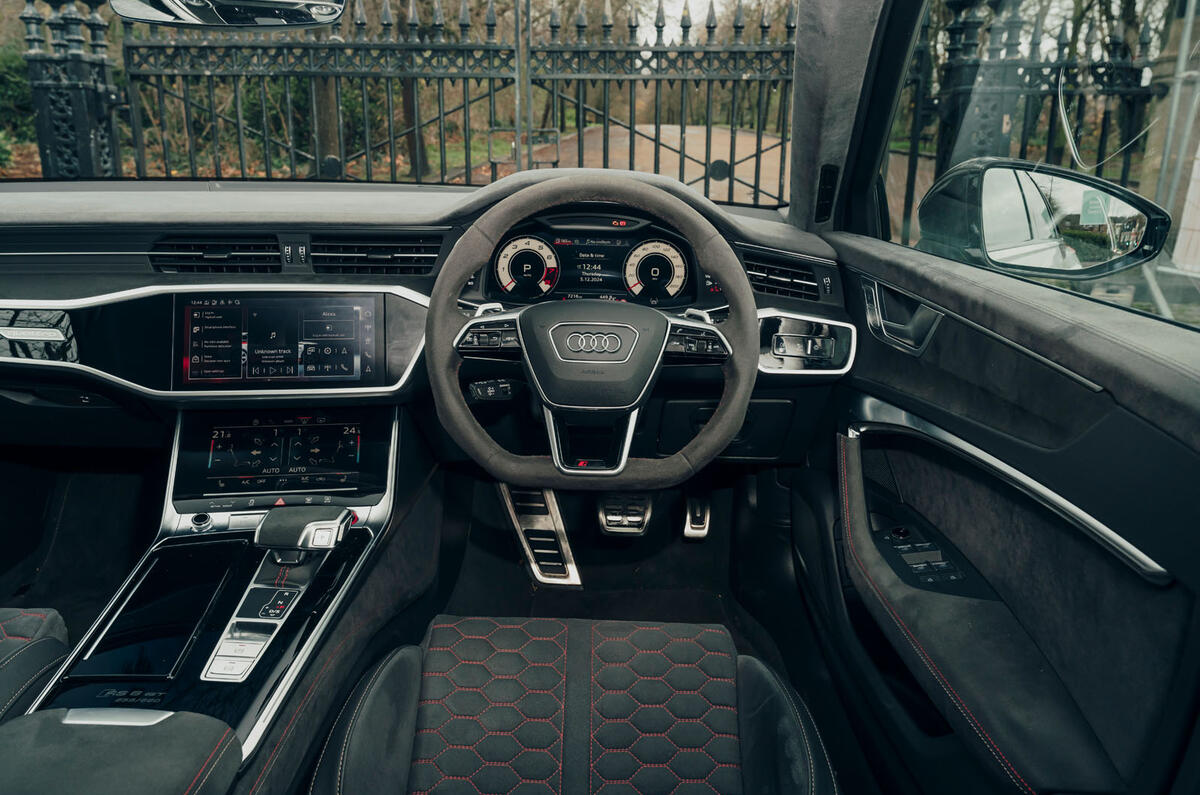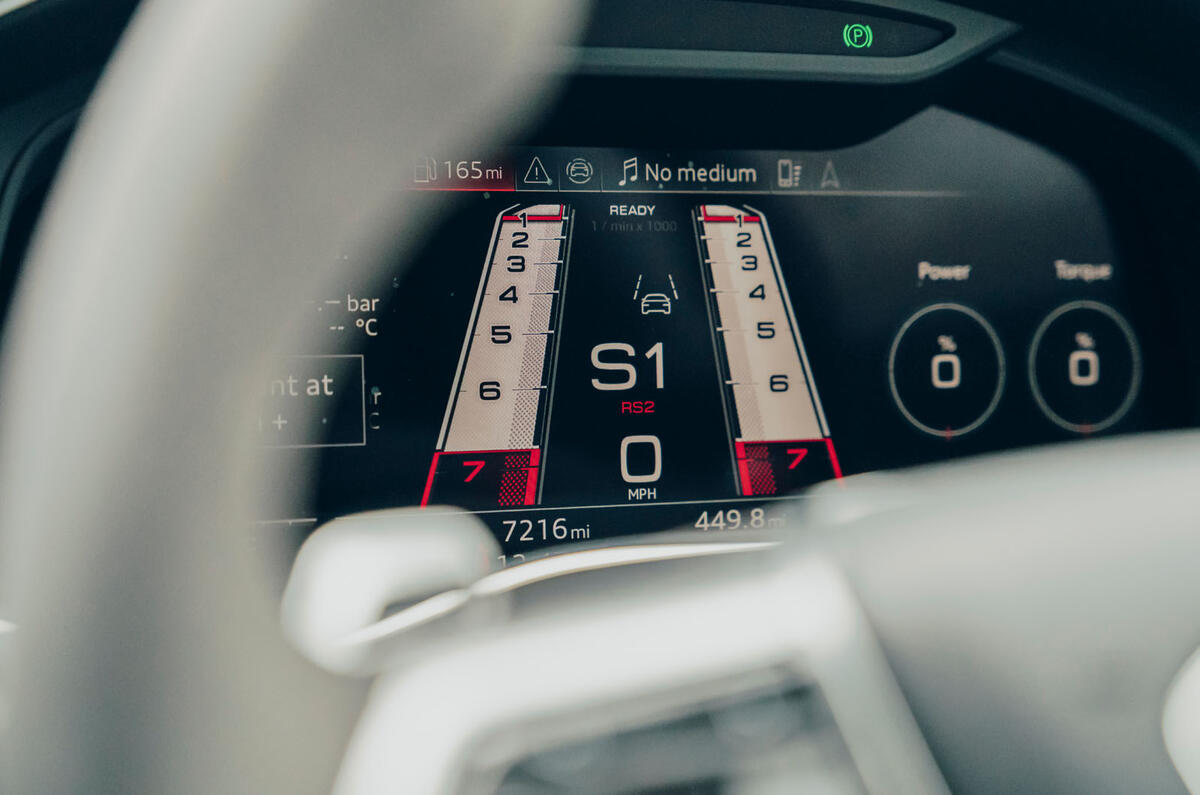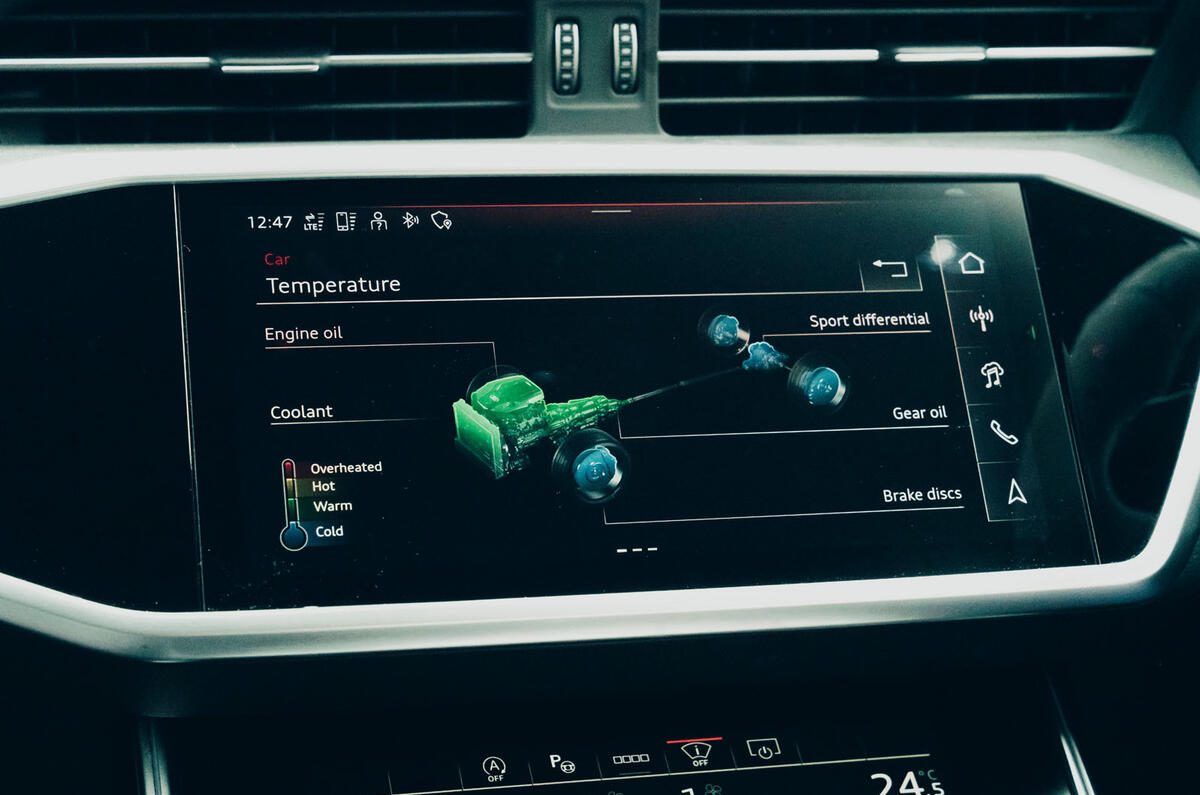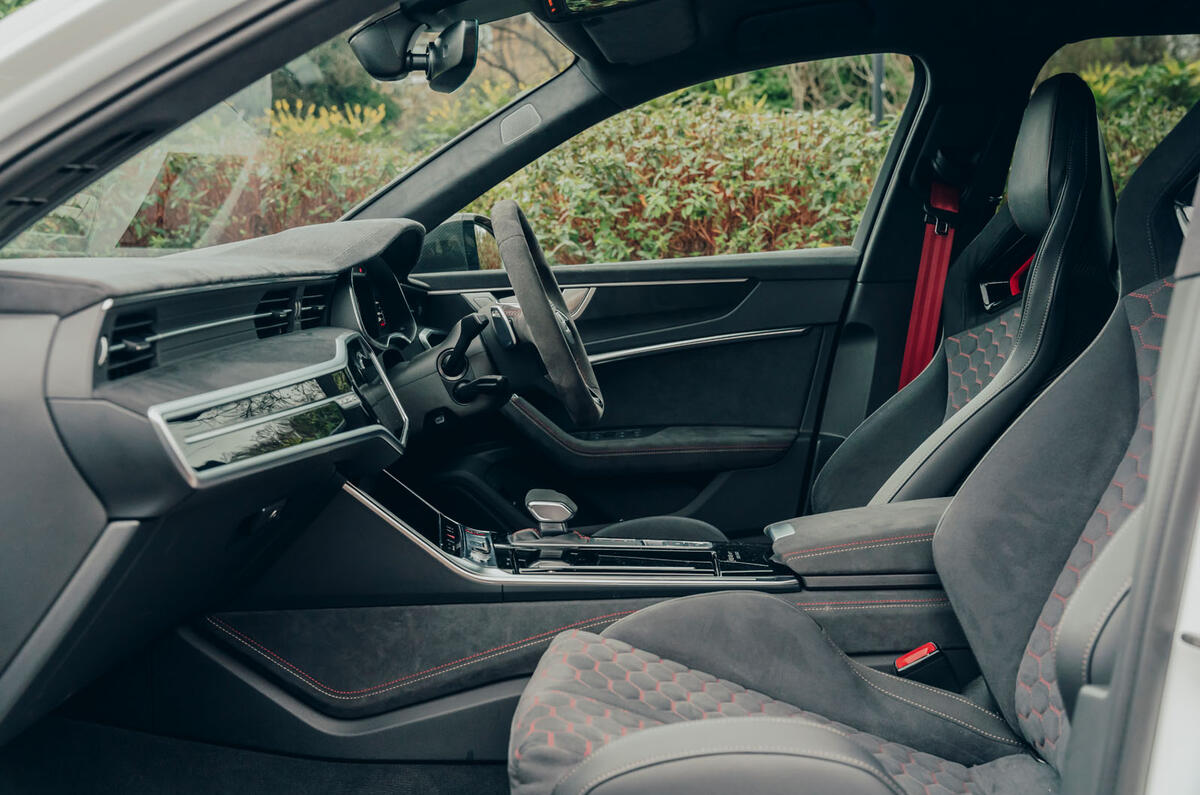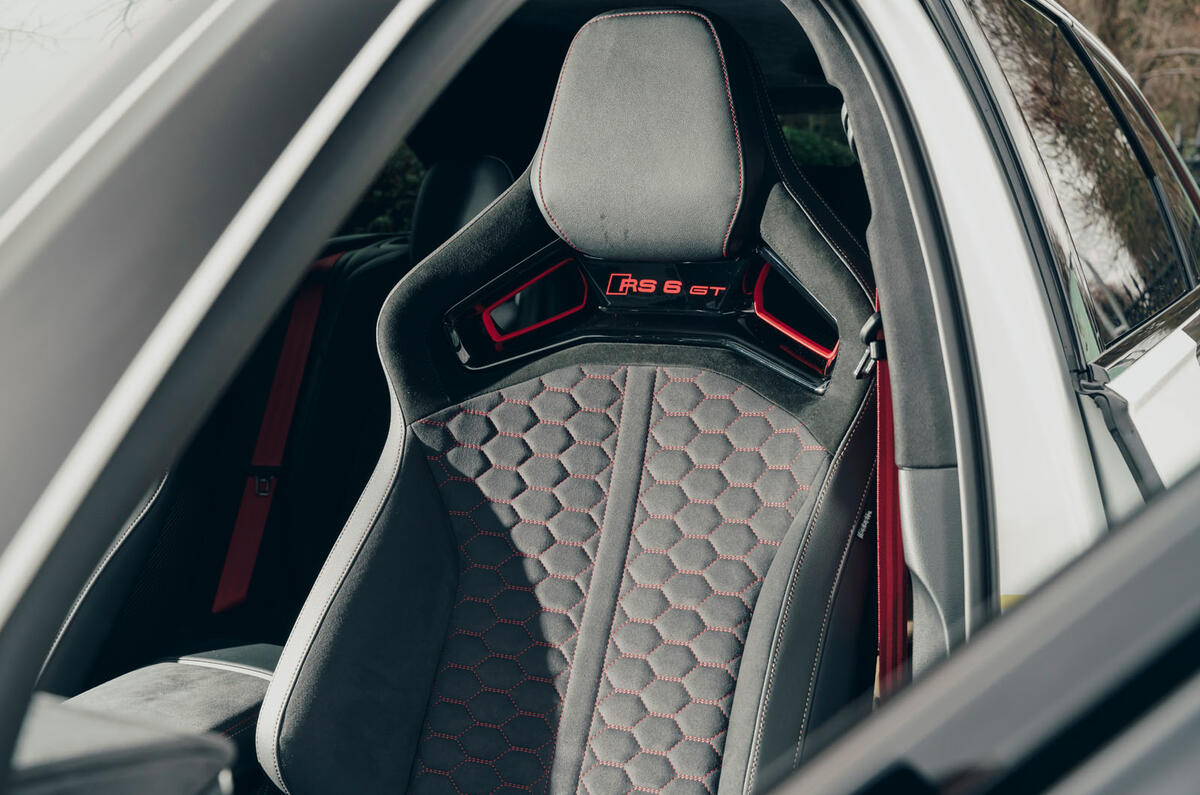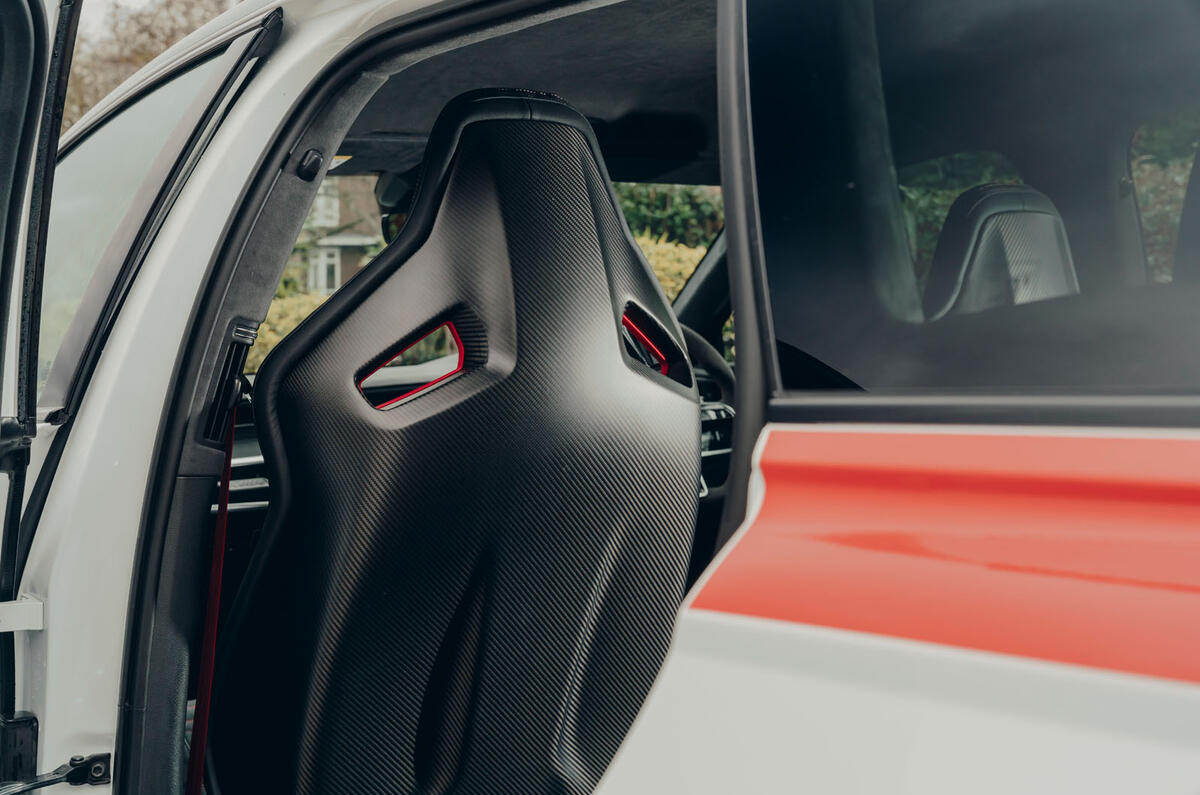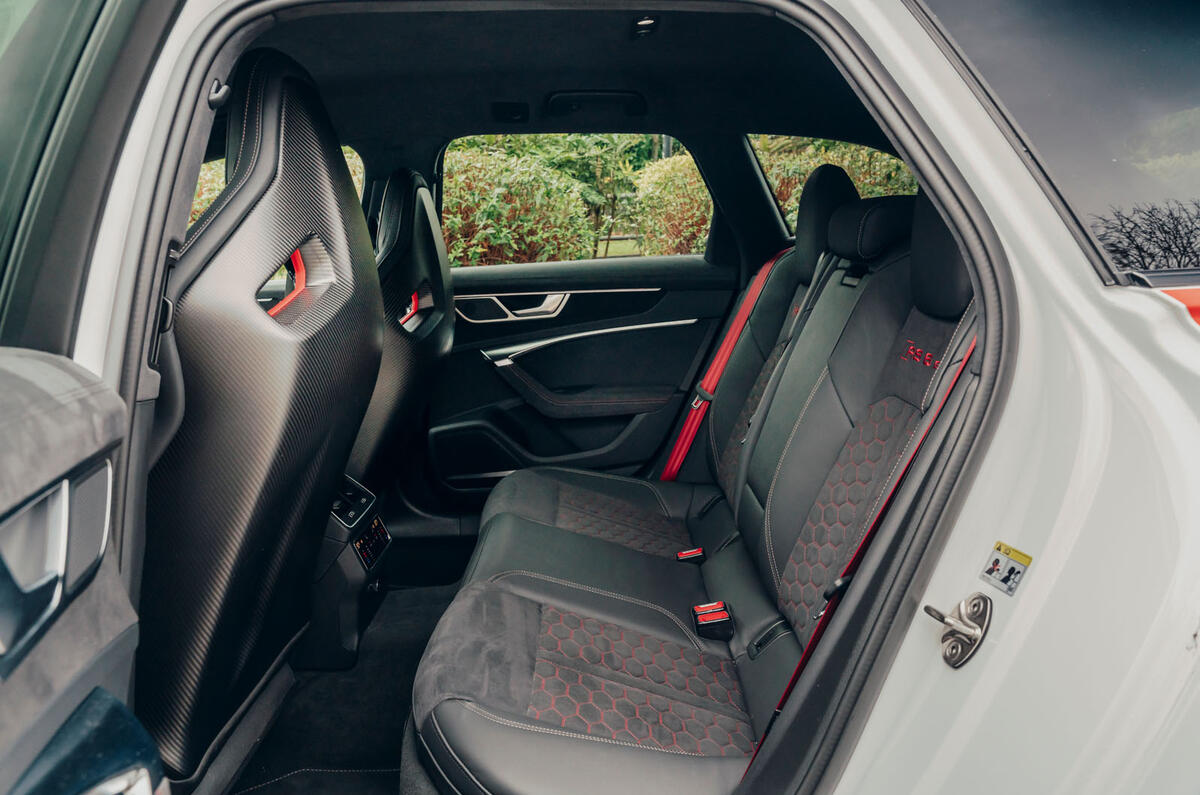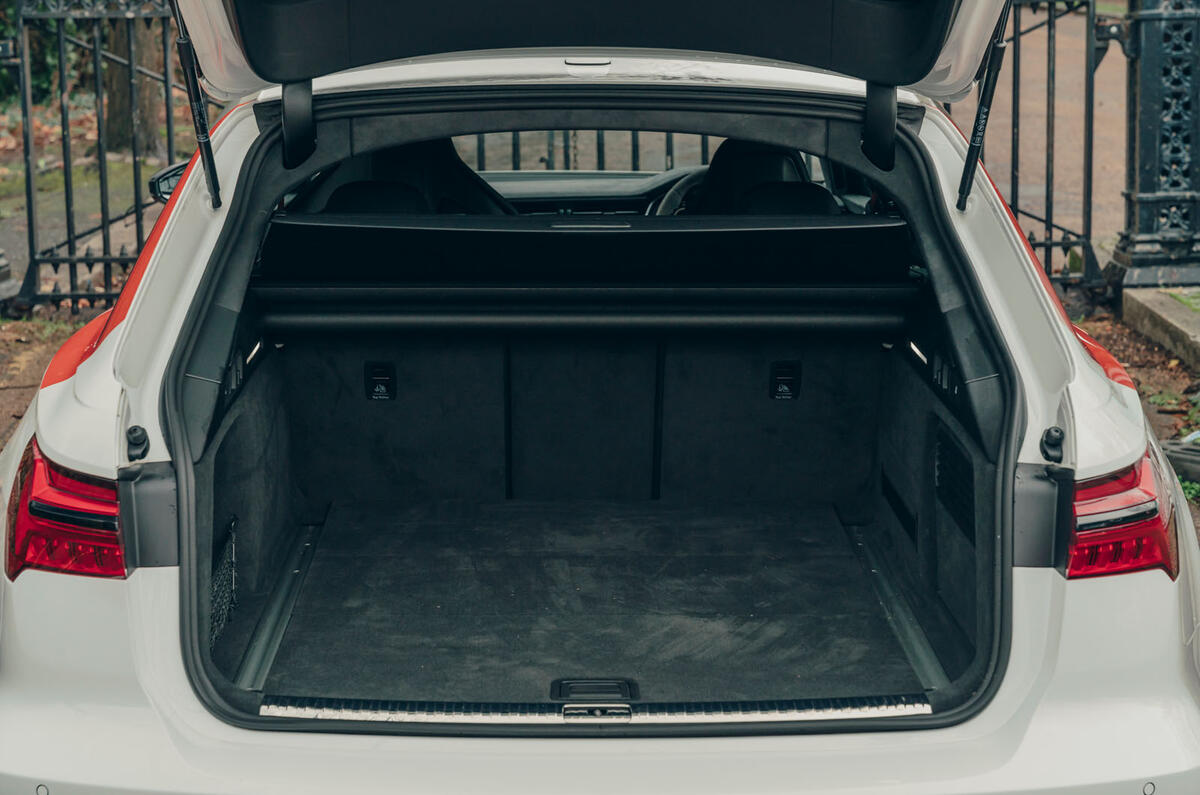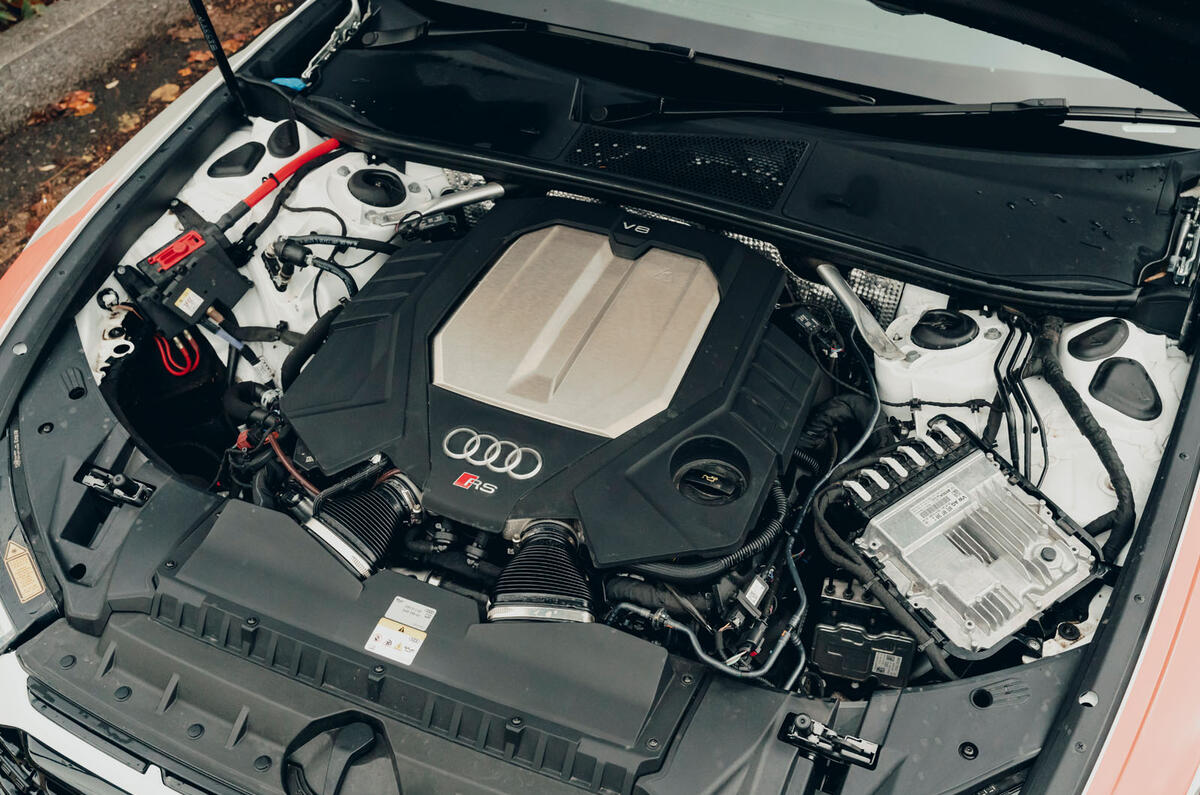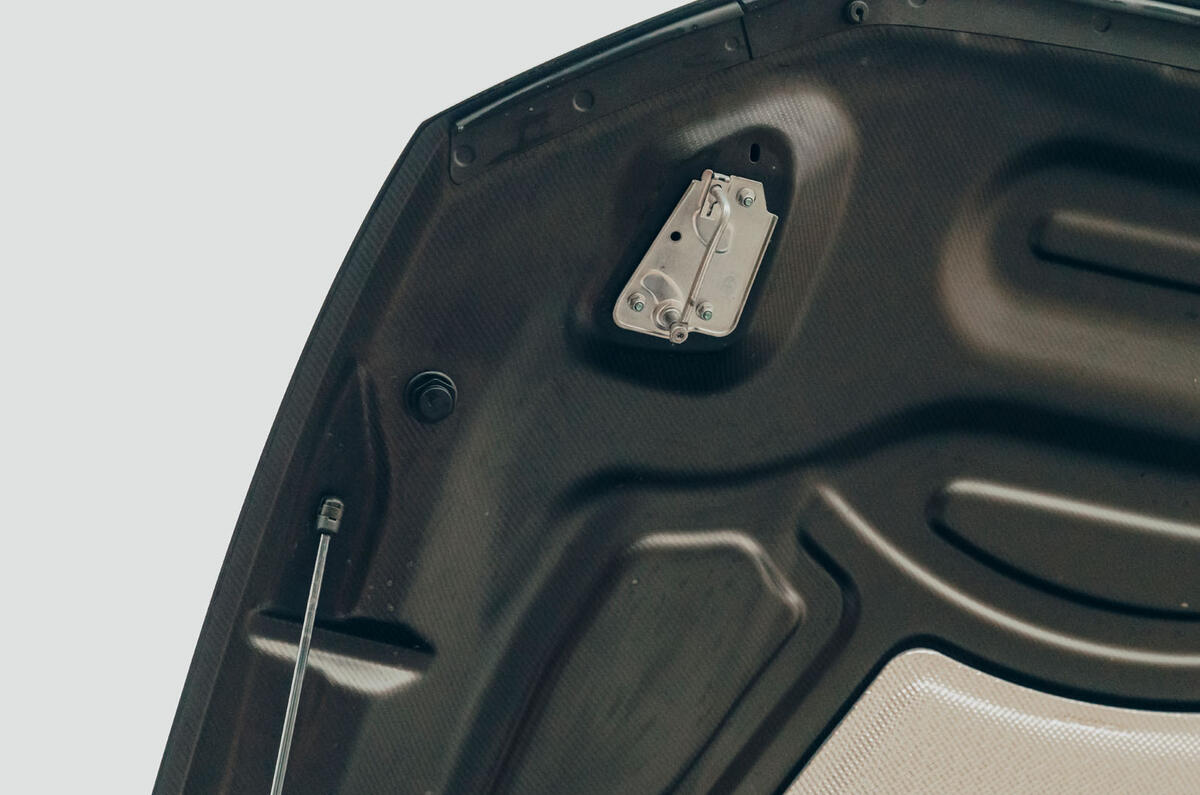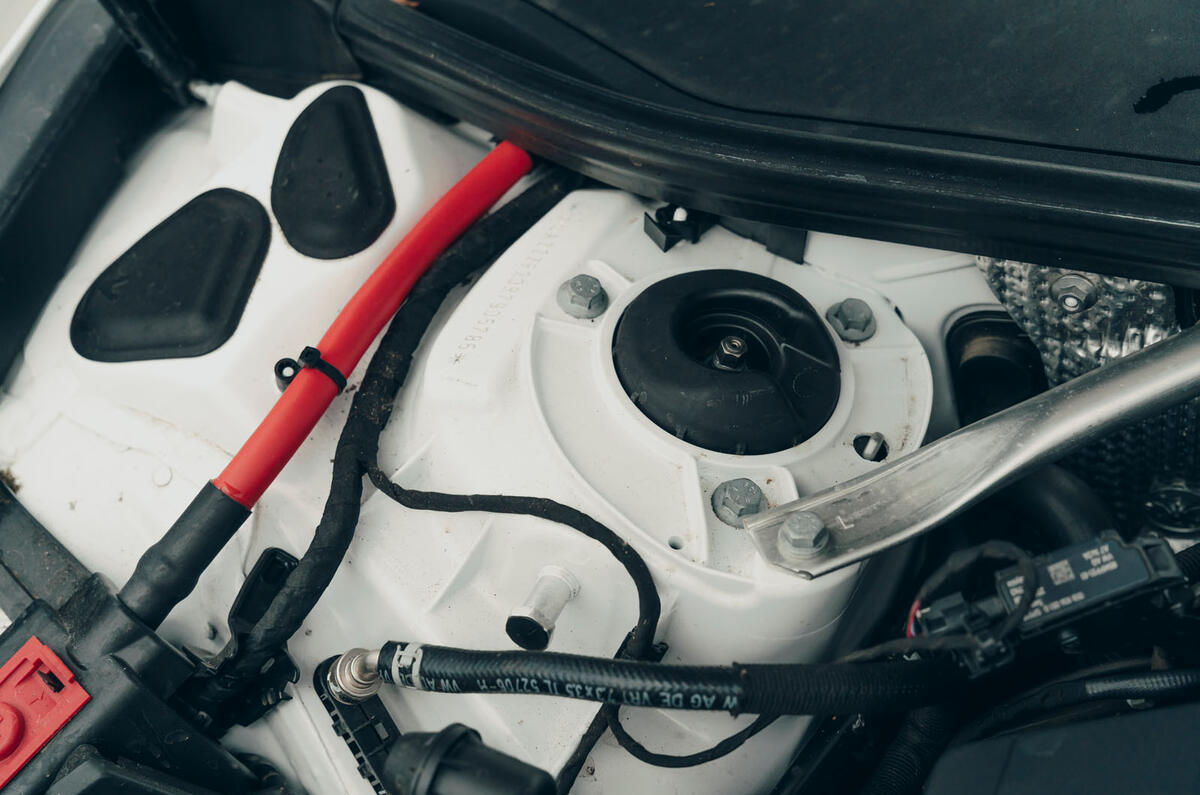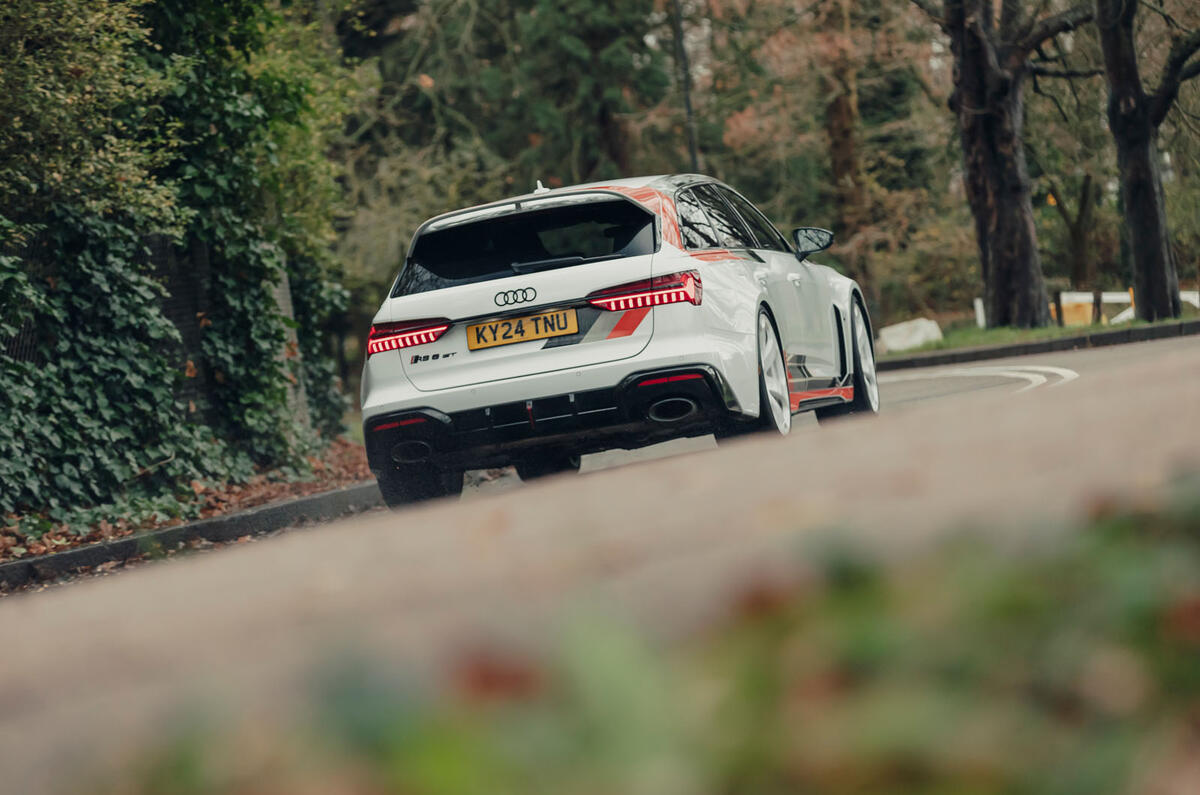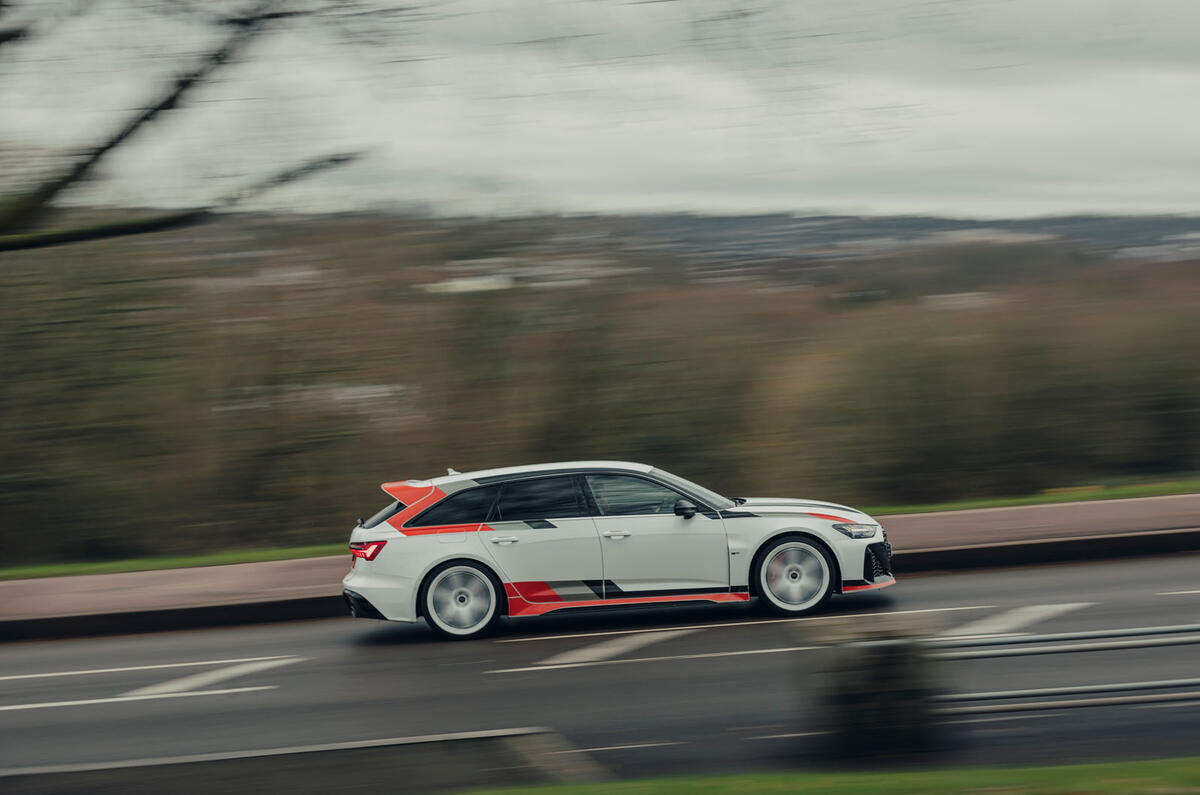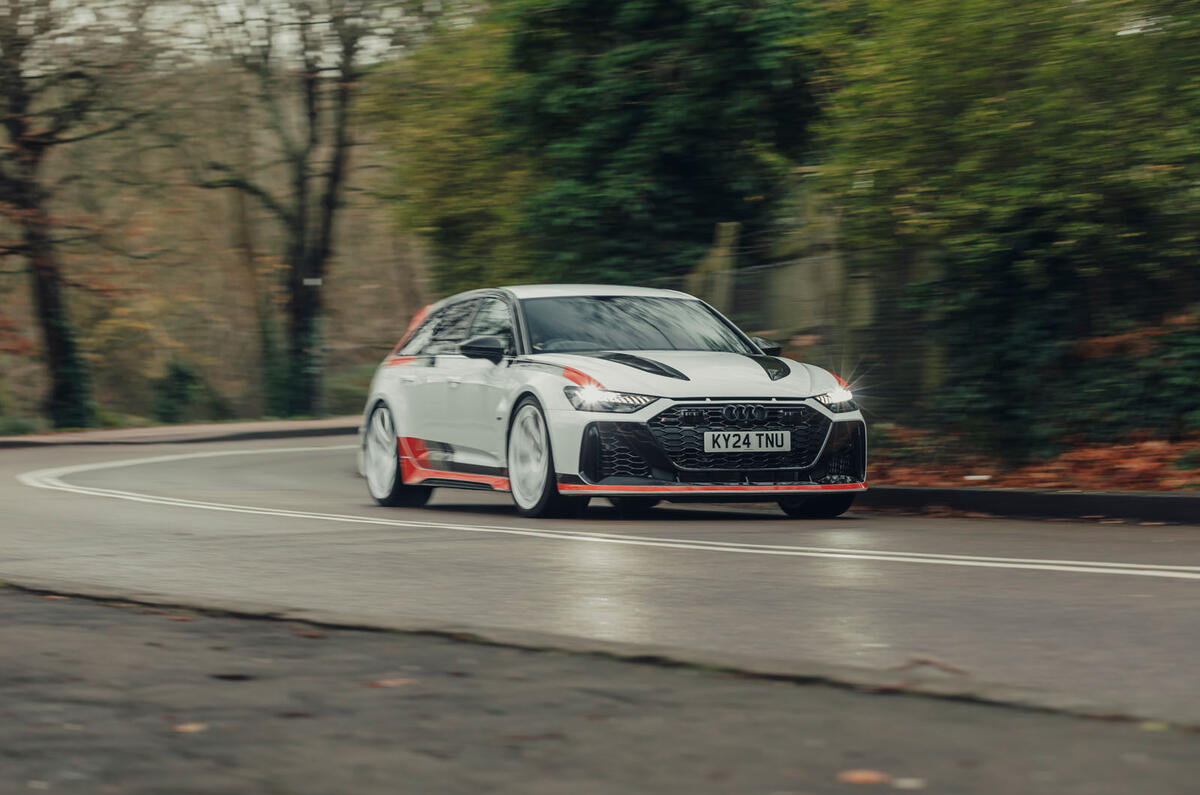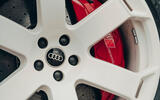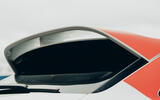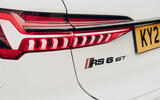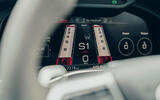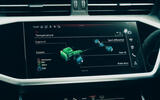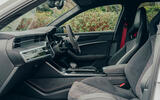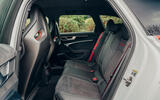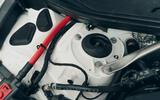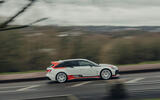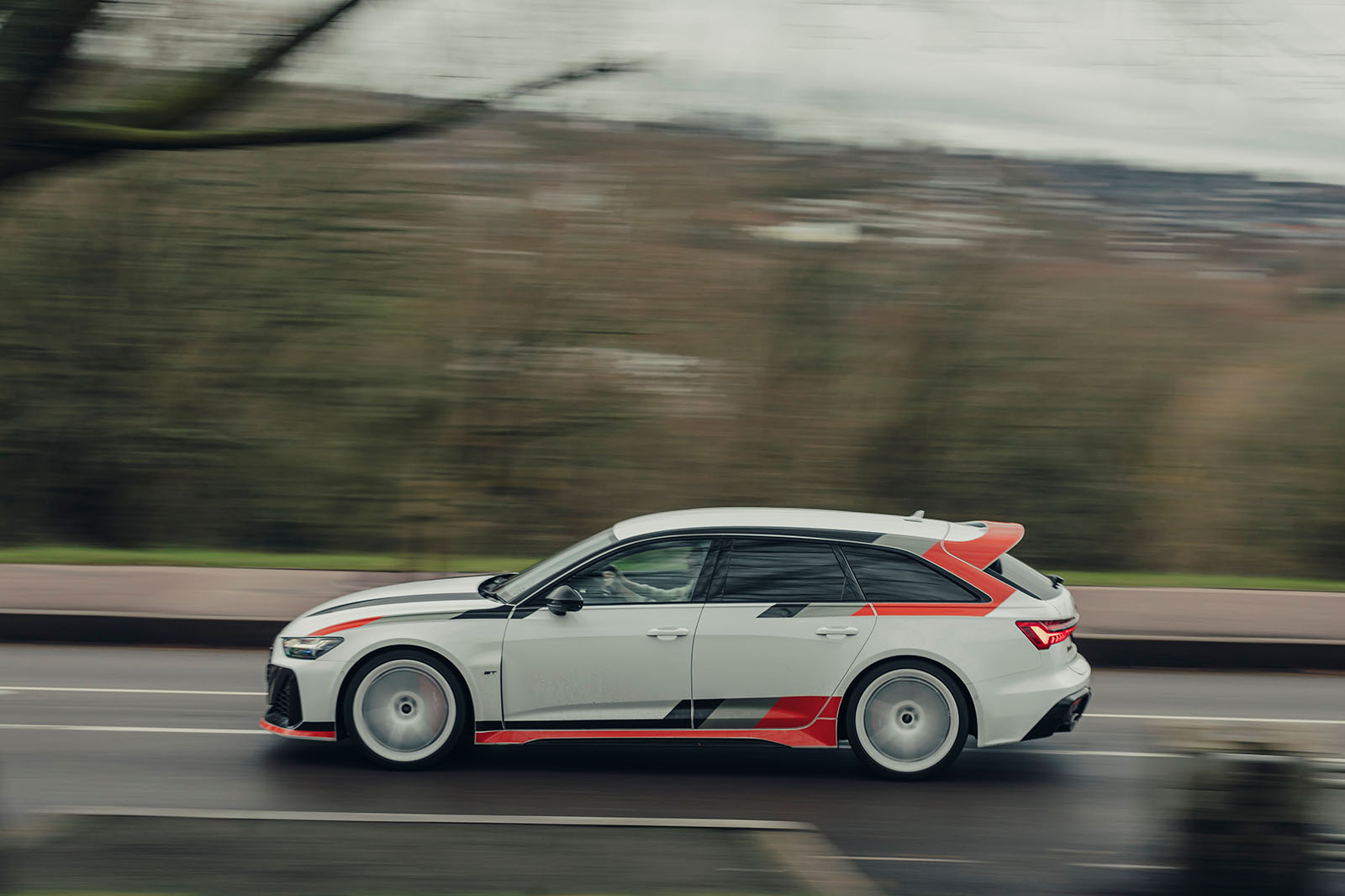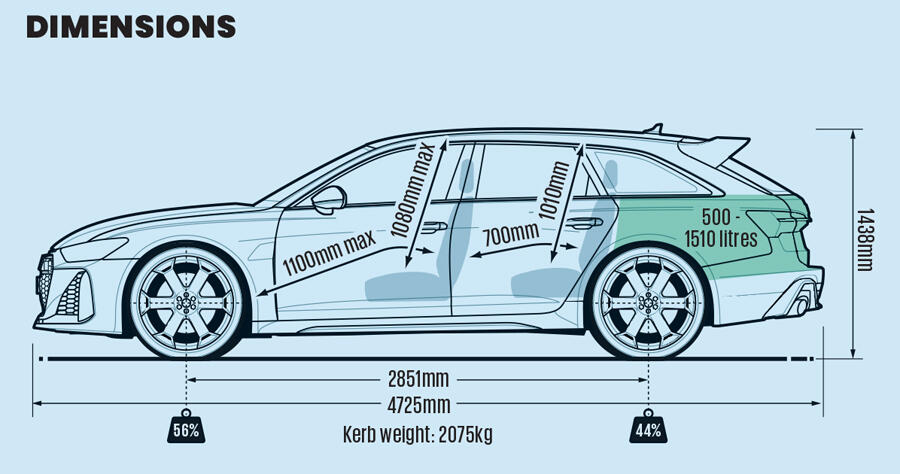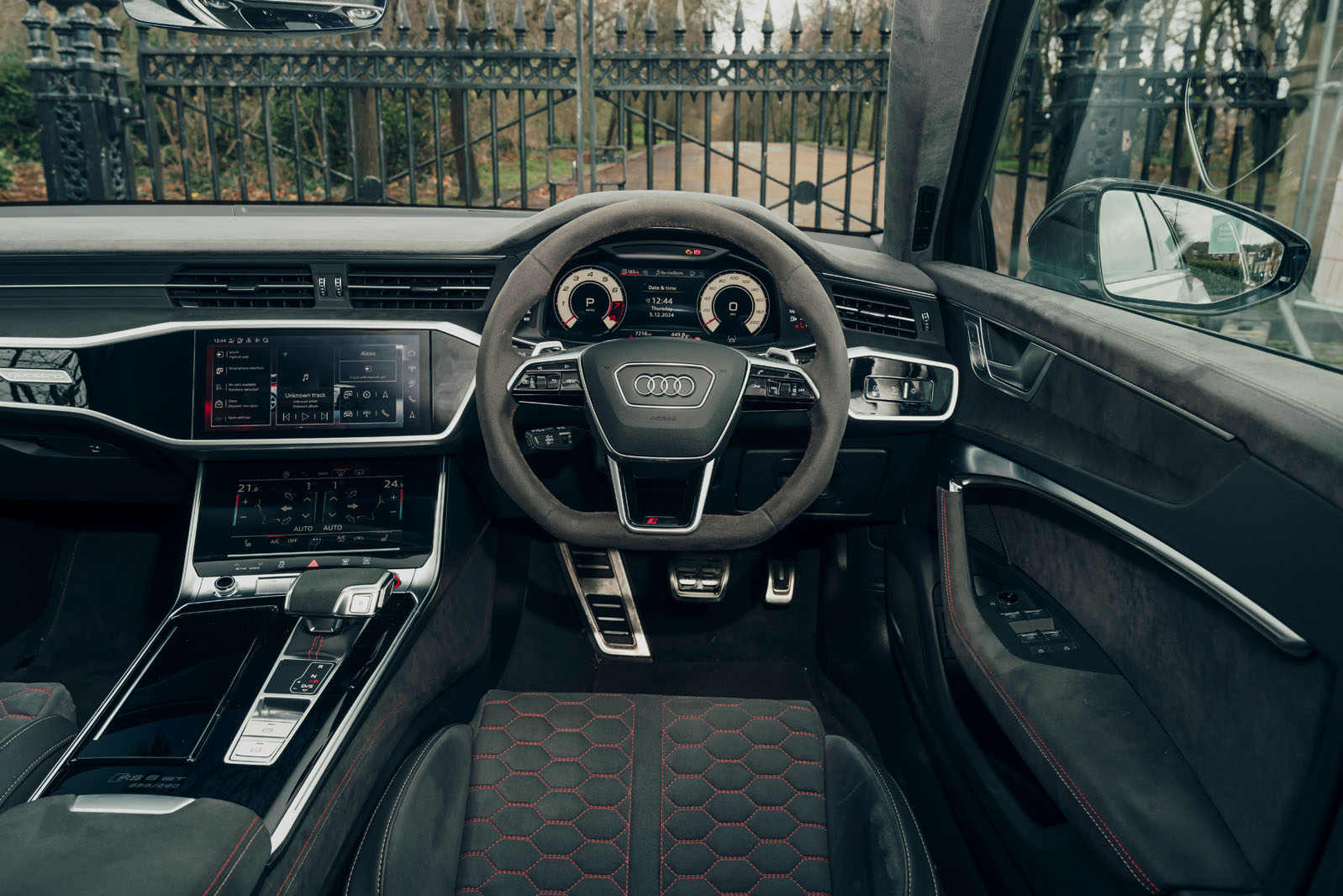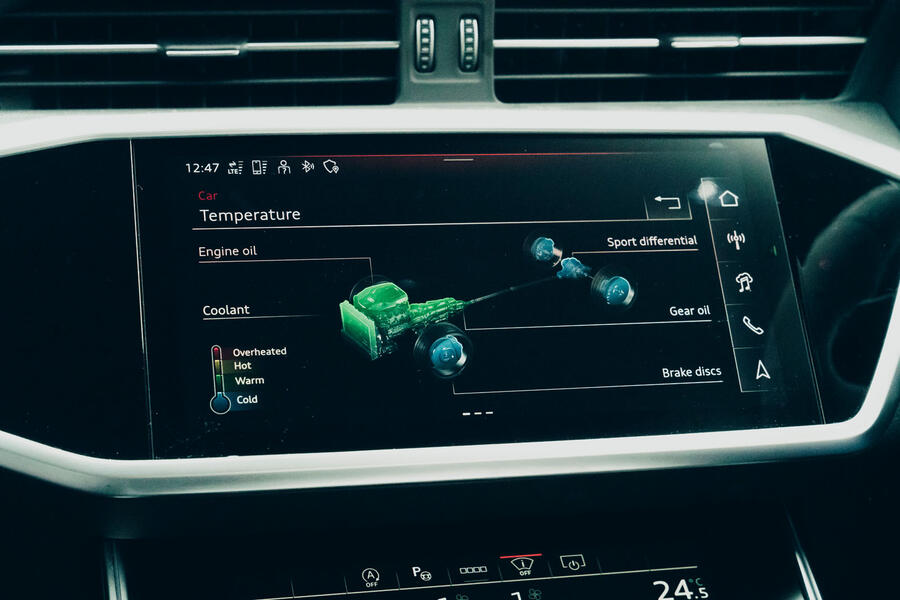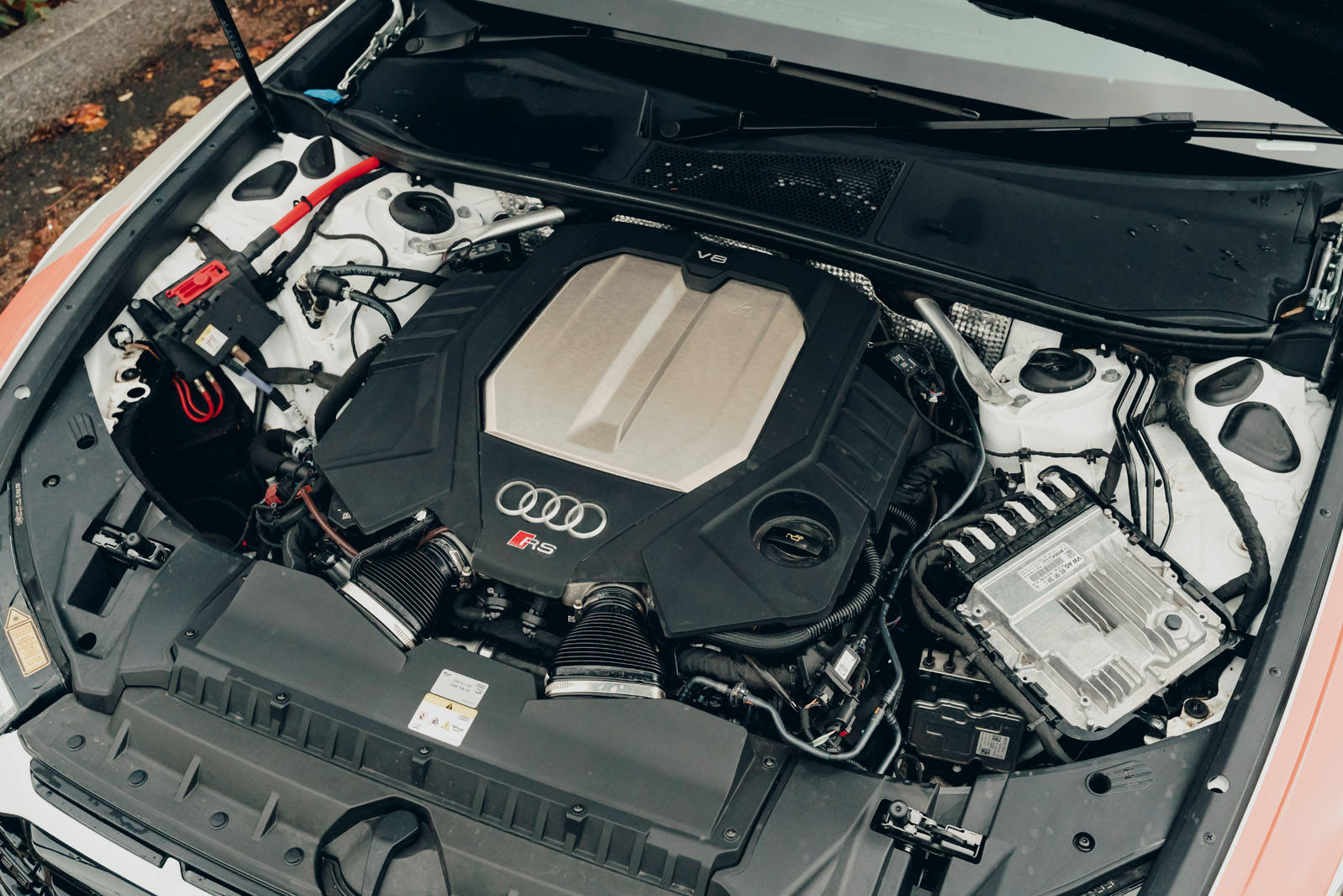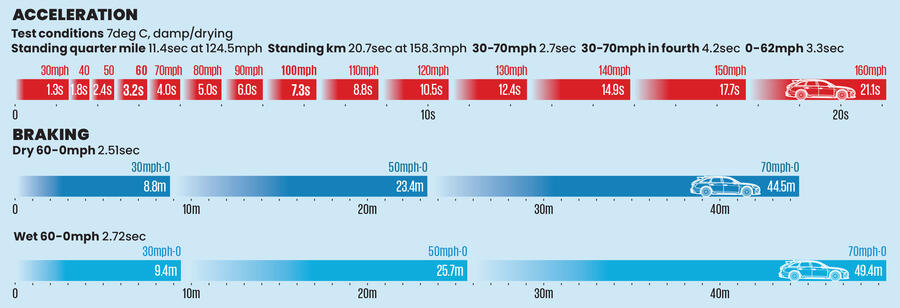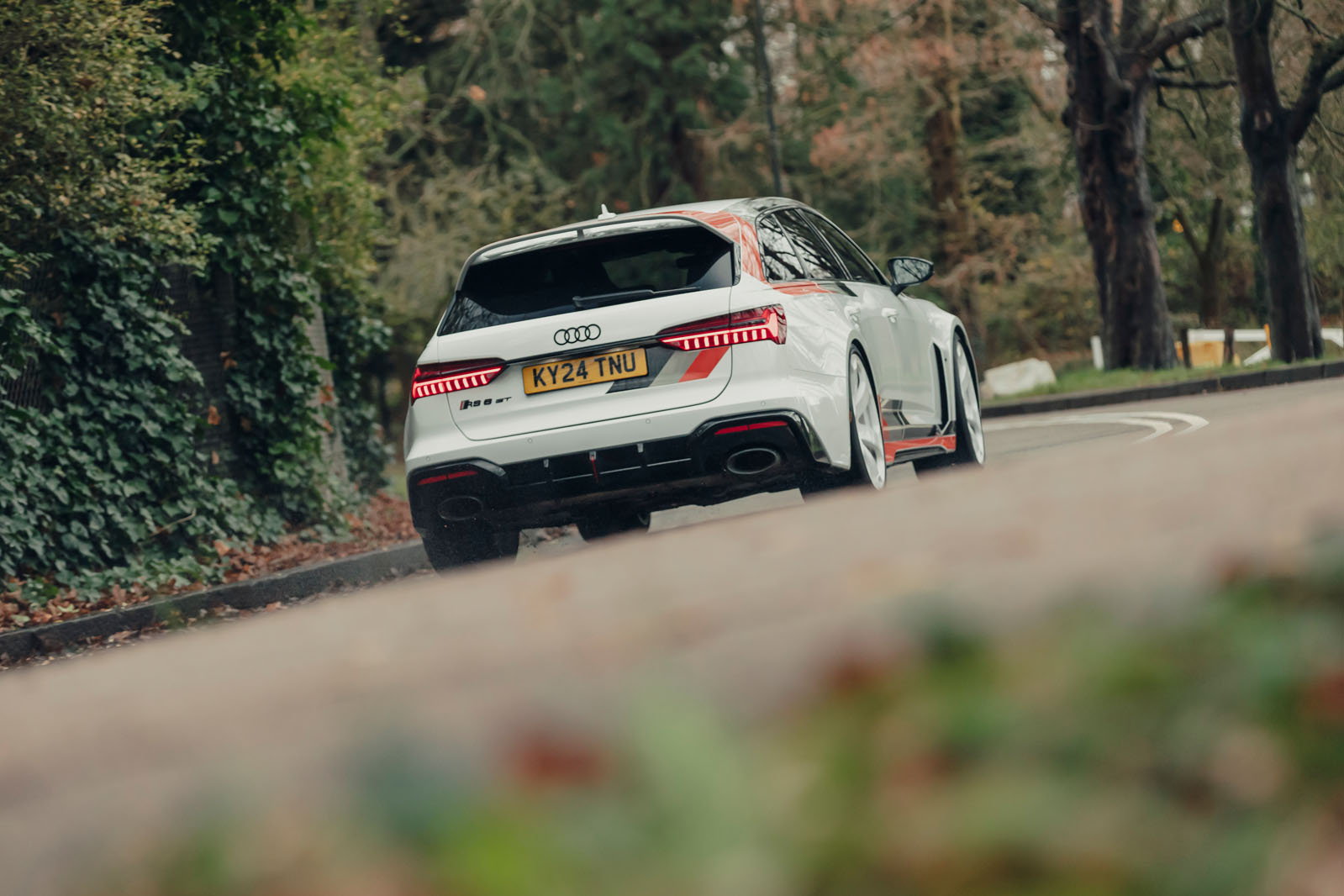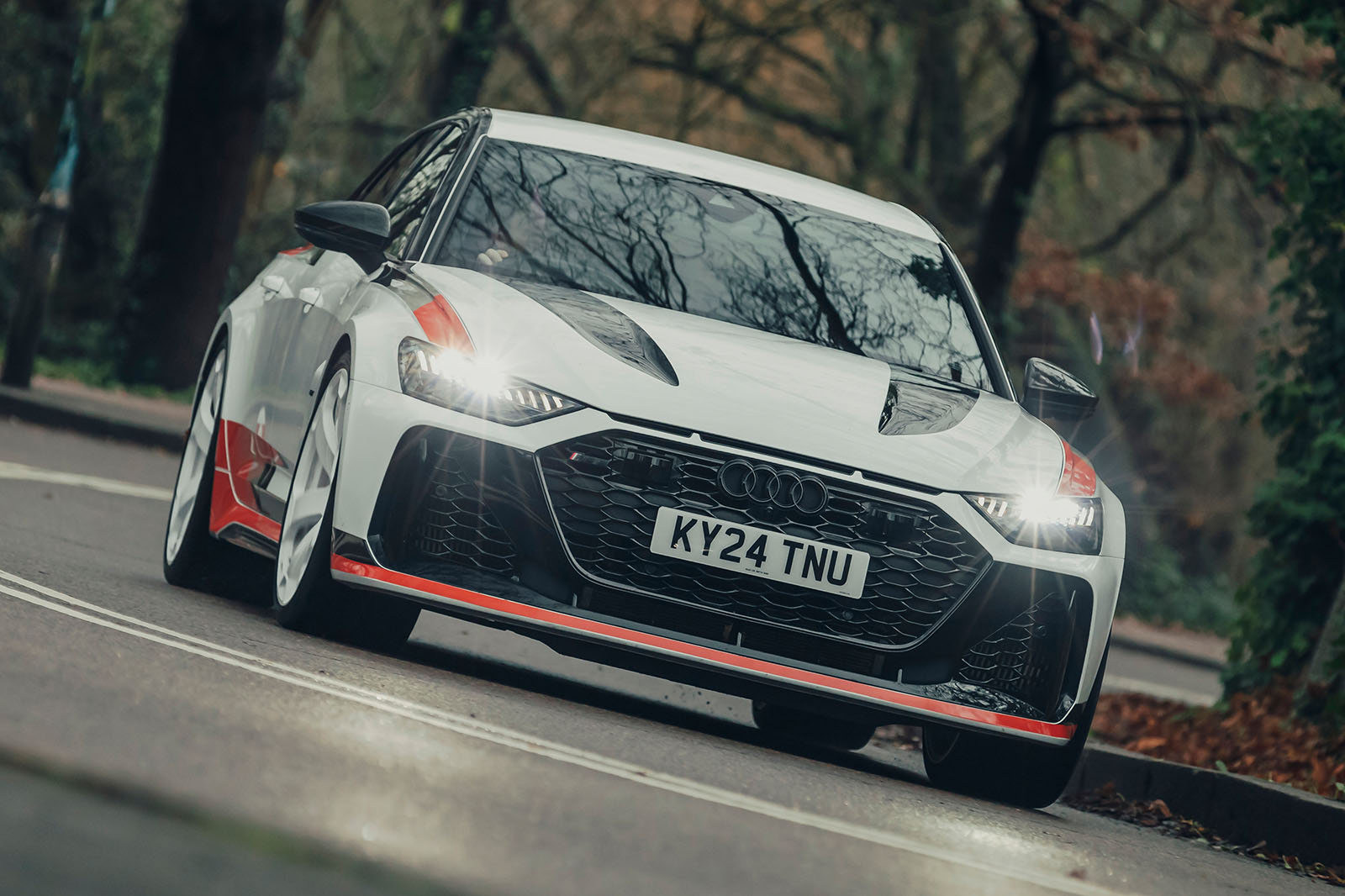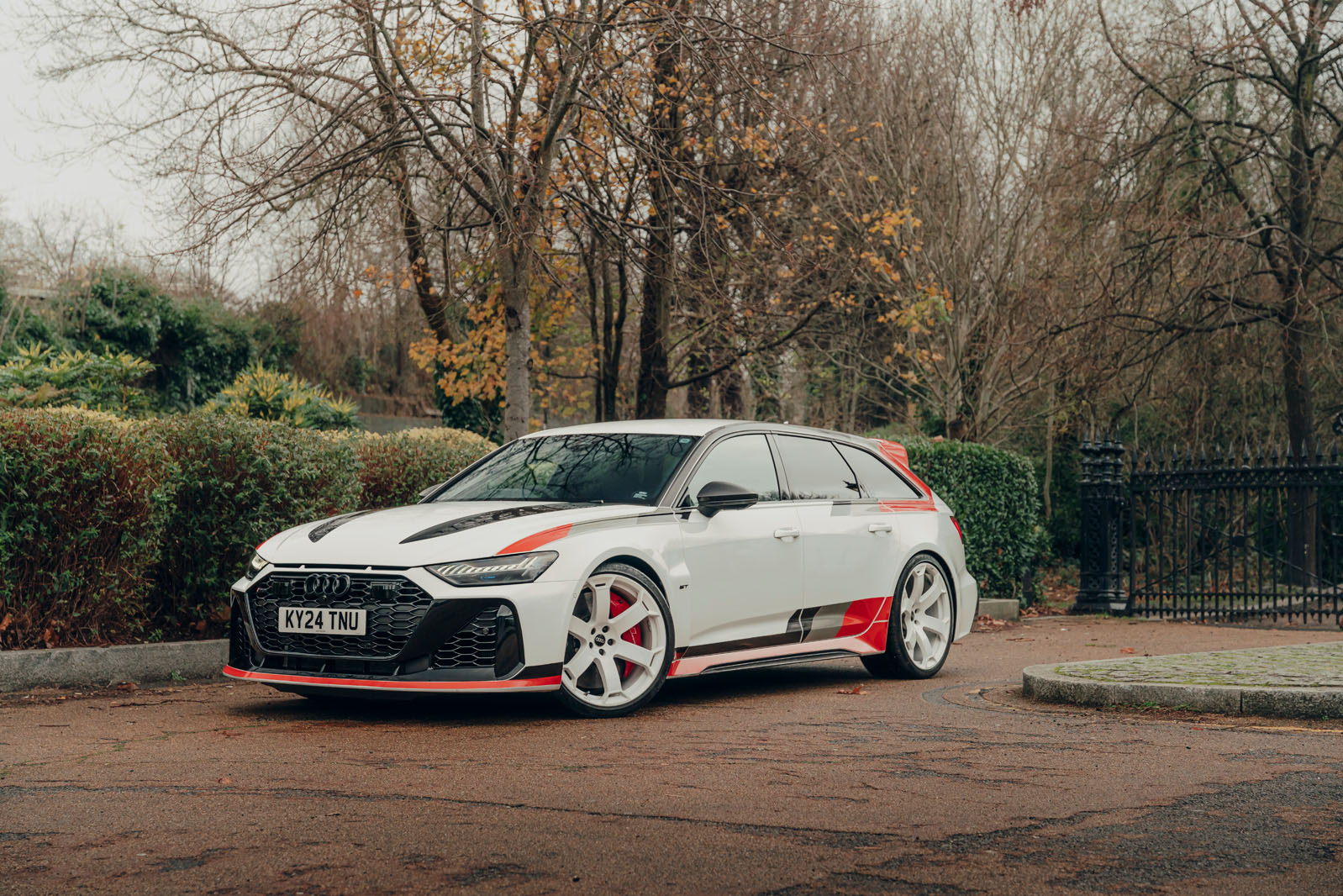If you had stepped out onto the spotlessly clean floor of Audi’s Bollinger Hofe production facility five years ago, the place would have been littered with Audi R8 supercars in various stages of construction. Had you done the same thing three years later, you’d have seen a blend of R8s and Audi’s then new electric supersaloon, the Audi E-tron GT.
And today? Well, today the plant no longer rings to the wail of V10 engines firing up for the first time, because with the R8 now having retired, Audi’s most hand-labour-intensive production line is entirely for the E-tron GT, which rolls into life near-silently.
However, for a short period in recent times, the E-tron GT was joined by another car at this small facility, which has always been reserved for Audi’s most revered creations. It’s a car that, like the R8, carries an enormous petrol engine, albeit one wooflier in nature than the supercar’s V10.
We’re talking about the Audi RS6 Avant GT, which is limited to 660 examples worldwide and whose hand-finishing at the Bollinger Hofe plant is justified by its unique bodywork, requiring a level of finishing that the regular RS6 line can’t easily manage. This is also the most powerful combustion-engined production Audi there has ever been, shading even the last-gasp R8 GT.
This car is, in many ways, a farewell to the fast, all-conquering Audi wagon with four-wheel drive and at least eight cylinders (there have been as many as V10s in the past). The RS6 GT is therefore both a statement piece and a lovingly wrought valedictory special that references one of Audi’s best-loved racing cars.



